How to Photograph Frogs: Tips and Techniques for Capturing Stunning Frog Photos
If you are a nature lover and enjoy photography, capturing stunning photos of frogs can be a rewarding experience. However, photographing these elusive creatures can be challenging, especially if you don’t know where to start. With the right equipment and techniques, you can capture amazing frog photos that will leave your audience amazed.
The Importance of Equipment
When it comes to frog photography, having the right equipment is crucial. You will need a camera with a fast shutter speed, a good lens, and a tripod. A fast shutter speed is essential because frogs are quick and can jump away before you have a chance to take the shot. A good lens will allow you to zoom in on your subject and capture the details of its skin and eyes. A tripod will help you keep the camera steady and avoid camera shake.
Techniques for Capturing Stunning Frog Photos
One of the most important techniques in frog photography is patience. Frogs are shy creatures and may take some time to get used to your presence. Once they are comfortable, you can start taking photos. Another technique is to get down to the frog’s level. This will give you a unique perspective and make your photos more interesting. Finally, lighting is crucial in frog photography. The best time to take photos is during the early morning or late afternoon when the light is soft and warm.
With these tips and techniques, you can capture stunning frog photos that will impress your audience and showcase the beauty of these amazing creatures.
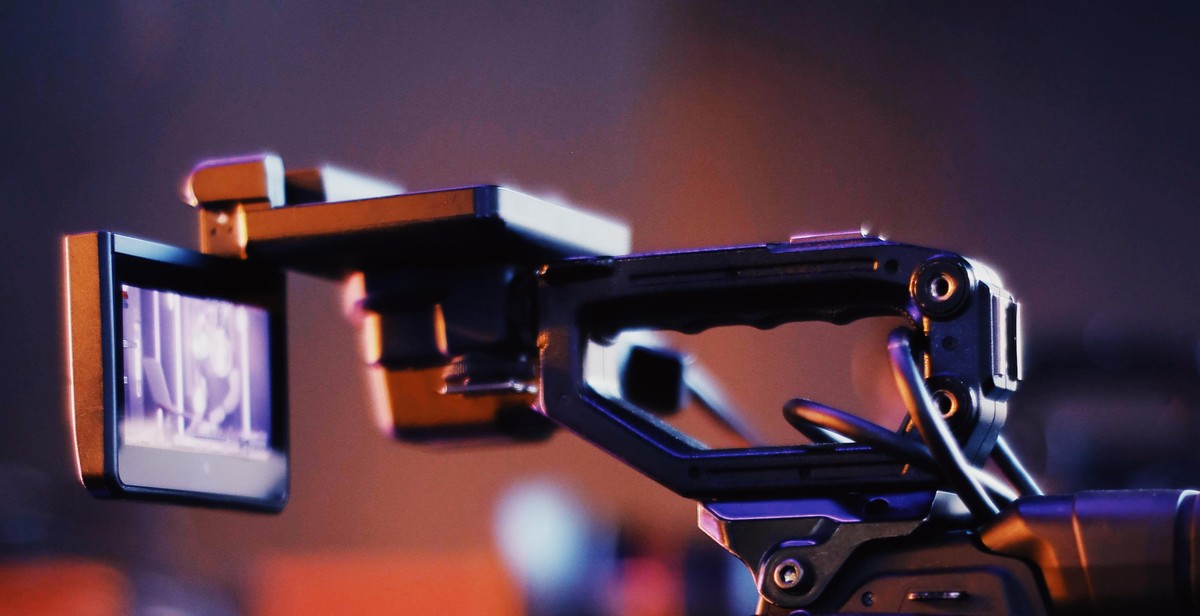
Equipment Needed
Photographing frogs can be a challenging task, but with the right equipment, you can capture stunning photos of these amphibians in their natural habitat. Here are the essential items you will need:
Camera
The camera is the most important piece of equipment for frog photography. A DSLR or mirrorless camera with manual controls is recommended for capturing high-quality images. Look for a camera with a fast burst mode and a high ISO range to capture fast-moving frogs and low-light situations. A full-frame sensor is also preferable for better image quality and low light performance.
Lens
A high-quality lens is essential for capturing sharp and detailed images of frogs. A telephoto lens with a focal length of at least 200mm is recommended to get close-up shots of frogs without disturbing them. Look for a lens with a wide aperture (f/2.8 or wider) for better low-light performance and to create a shallow depth of field for a blurred background.
Tripod
Using a tripod is crucial for keeping your camera steady and eliminating camera shake, especially when using slow shutter speeds or long focal lengths. Look for a sturdy tripod that can support the weight of your camera and lens. A tripod with a ball head is recommended for easy adjustments and better stability.
| Equipment | Recommended |
|---|---|
| Camera | DSLR or mirrorless camera with manual controls |
| Lens | Telephoto lens with a focal length of at least 200mm and a wide aperture (f/2.8 or wider) |
| Tripod | Sturdy tripod with a ball head |
With these essential items, you’ll be well-equipped to capture stunning photos of frogs in their natural habitat.
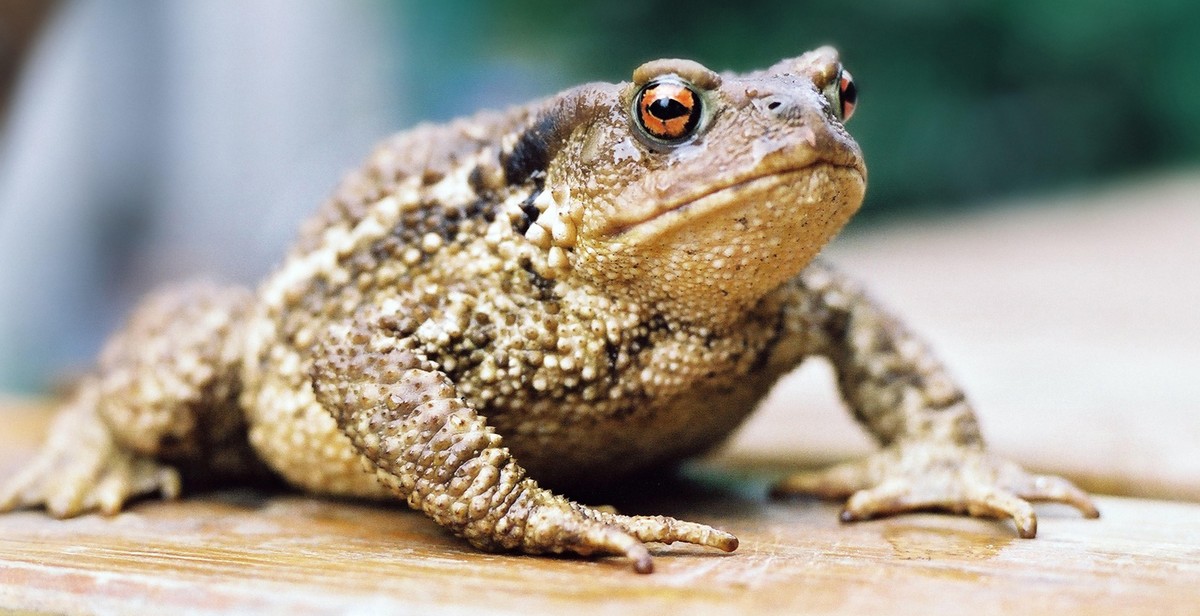
Location and Time of Day for Photographing Frogs
Choosing the right location and the best time of day are crucial factors for capturing stunning frog photos. Here are some tips to help you select the perfect spot and time to photograph these amphibians.
Choosing the Right Location
Frogs can be found in a variety of habitats, including ponds, lakes, streams, and wetlands. When selecting a location, consider the type of frog you want to photograph. Different species of frogs have different habitats, so do some research to find out where your target species is most likely to be found.
If you’re not sure where to start, look for areas with plenty of vegetation and water. Frogs are often found near plants and other sources of cover, so try to find a location with plenty of hiding spots.
It’s also important to consider the lighting conditions at your chosen location. Avoid areas that are too bright or too dark, as this can make it difficult to get a good shot. Look for areas with diffused light, such as under a tree canopy or on a cloudy day.
Best Time of Day
The best time of day to photograph frogs is early in the morning or late in the afternoon. During these times, the light is softer and more diffused, which can help create a more pleasing image. Frogs are also more active during these times, making it easier to capture them in action.
Another benefit of shooting during these times is that there are fewer people around. This can help reduce the stress on the frogs and make it easier for you to get the shot you want.
It’s worth noting that some species of frogs are more active at night. If you’re interested in photographing nocturnal species, consider bringing a flashlight or other source of light to help illuminate your subject.
In summary
| Choosing the Right Location | Best Time of Day |
|---|---|
| Consider the type of frog you want to photograph | Early morning or late afternoon |
| Look for areas with plenty of vegetation and water | Softer, more diffused light |
| Avoid areas that are too bright or too dark | Fewer people around |
- Choosing the right location and the best time of day are crucial factors for capturing stunning frog photos.
- Consider the type of frog you want to photograph when selecting a location.
- Look for areas with plenty of vegetation and water, and avoid areas that are too bright or too dark.
- The best time of day to photograph frogs is early in the morning or late in the afternoon.
- Shooting during these times can help create a more pleasing image and reduce the stress on the frogs.
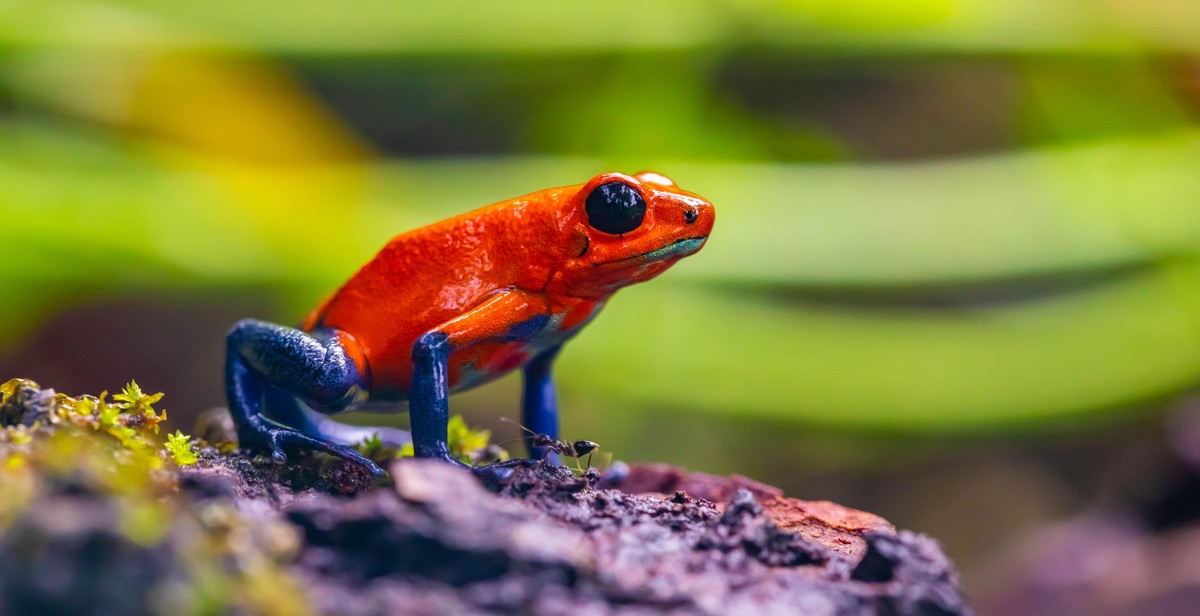
Techniques for Photographing Frogs
Approach and Composition
When it comes to photographing frogs, the first thing you need to consider is your approach. Frogs are incredibly sensitive to movement and noise, so it’s important to approach them slowly and quietly. Try to get as close as possible without disturbing them, and use a telephoto lens if necessary.
Composition is also key to capturing stunning frog photos. Look for interesting angles and perspectives, and experiment with different framing techniques. Try to include elements from the frog’s environment in your shots, such as rocks, plants, or water.
Focusing and Depth of Field
Focusing on your subject is crucial for any type of photography, and photographing frogs is no exception. Use a single autofocus point to ensure that the frog’s eyes are sharp and in focus. If you’re shooting with a shallow depth of field, make sure the eyes are the focal point of your image.
Depth of field is another important consideration when photographing frogs. A shallow depth of field can create a beautiful, dreamy effect, but it can also make it difficult to keep the entire frog in focus. Experiment with different apertures to find the right balance between sharpness and bokeh.
Lighting and Exposure
Lighting is crucial for capturing stunning frog photos. Look for soft, diffused light in the early morning or late afternoon when the sun is low in the sky. Avoid shooting in harsh, midday sunlight, as this can create harsh shadows and blown-out highlights.
Exposure is another important consideration when photographing frogs. Use a low ISO to minimize noise, and adjust your shutter speed and aperture to achieve the desired exposure. If you’re shooting in low light, consider using a tripod to keep your camera steady.
- Approach frogs slowly and quietly to avoid disturbing them
- Experiment with different angles and perspectives for interesting compositions
- Use a single autofocus point to ensure sharp focus on the frog’s eyes
- Experiment with different apertures to find the right depth of field
- Look for soft, diffused light for flattering lighting
- Avoid shooting in harsh midday sunlight
- Use a low ISO to minimize noise
- Adjust shutter speed and aperture to achieve the desired exposure
- Consider using a tripod in low light conditions
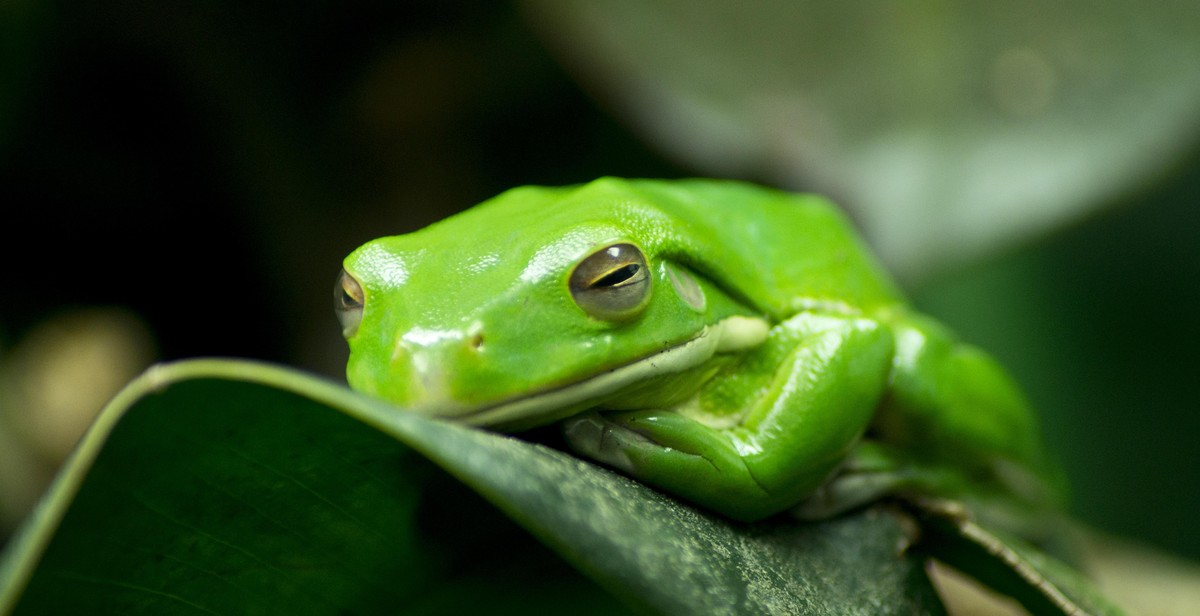
Tips for Capturing Stunning Frog Photos
1. Patience and Persistence
Capturing stunning frog photos requires a lot of patience and persistence. Frogs are known to be very elusive creatures, and getting them to pose for the perfect shot can take time. You need to be prepared to spend hours waiting for the perfect shot, and be willing to try different techniques until you get the desired result.
One technique that can help you capture stunning frog photos is to use a tripod. This will help keep your camera steady and reduce any movement that could cause your photos to be blurry. Additionally, using a remote shutter release can help eliminate any movement caused by pressing the camera’s shutter button.
2. Understanding Frog Behavior
Understanding frog behavior is also crucial to capturing stunning frog photos. Frogs are known to be very sensitive to their environment, and any sudden movements or noises can cause them to flee. To avoid scaring the frogs away, it’s important to approach them slowly and quietly.
One way to get close to frogs without scaring them is to use a telephoto lens. This will allow you to get close-up shots of the frogs without getting too close and scaring them away. Additionally, using a wide-angle lens can help capture the frog’s environment and create a more compelling photo.
Another important aspect of understanding frog behavior is knowing when and where to find them. Frogs are most active during the early morning and late afternoon, so this is the best time to go out and look for them. Additionally, frogs are often found near bodies of water, so be sure to check around ponds, streams, and other bodies of water for the best chances of finding them.
Conclusion
By using these tips and techniques, you can capture stunning frog photos that will amaze and delight your audience. Remember to be patient and persistent, and to take the time to understand frog behavior. With a little practice and dedication, you can become a master of frog photography and capture some truly stunning shots.
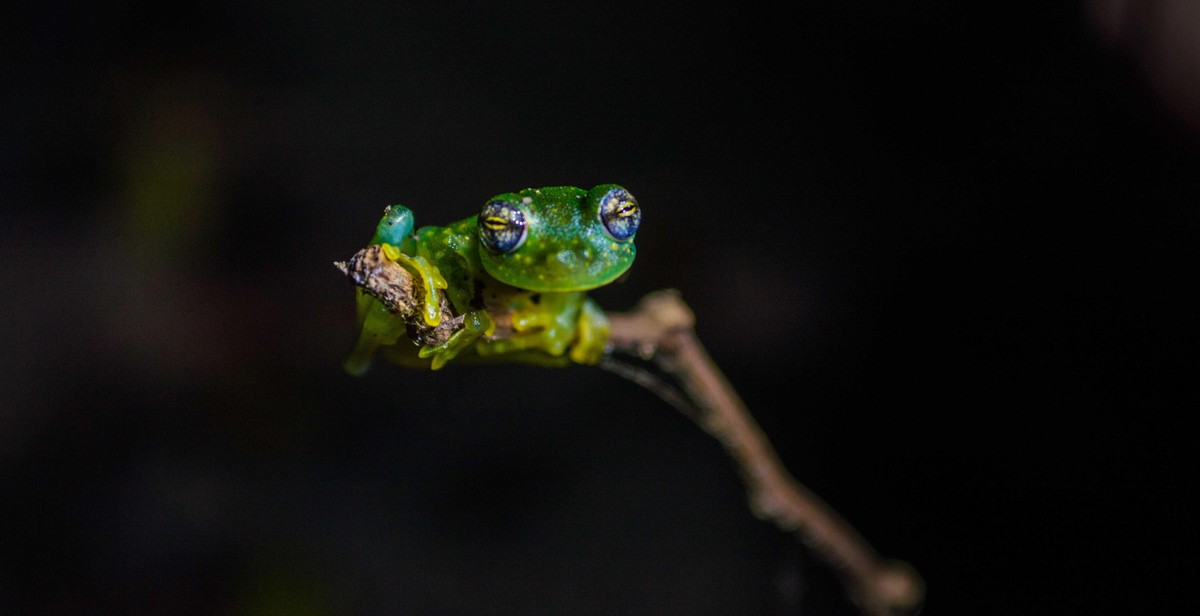
Conclusion
Photographing frogs can be an incredibly rewarding and challenging experience. With the right techniques and equipment, you can capture stunning photos of these fascinating creatures and showcase their beauty to the world.
Remember
Remember to take the time to research your subject, scout out locations, and be patient when waiting for the perfect shot. It’s also important to respect the environment and the frogs themselves, so always be mindful of your impact on their habitat.
Equipment
Investing in a good quality camera, lens, and tripod can make all the difference in capturing sharp and clear images. Additionally, consider using a polarizing filter to reduce glare and enhance colors, and a remote shutter release to minimize camera shake.
Techniques
Experiment with different angles, compositions, and lighting to add depth and interest to your photos. Try getting down to the frog’s level, using a shallow depth of field to blur the background, and using natural light to create a soft and natural look.
Practice
Practice makes perfect, so don’t be discouraged if your first attempts don’t turn out as expected. Keep experimenting and learning, and you’ll soon be capturing stunning frog photos that will amaze and inspire others.
So grab your camera, head out into nature, and start capturing the beauty of these amazing creatures!
